We’ve selected 10 of many glorious nature moments happening across the UK this autumn to illustrate the breadth of activity across The Wildlife Trusts. From bird migration and leaping salmon to community action for wildlife there is so much to inspire!
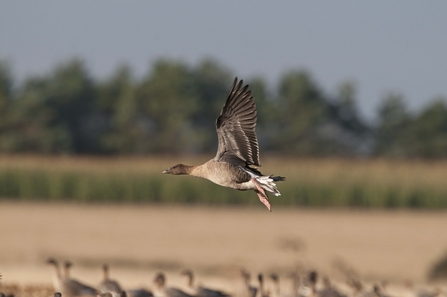
©David Tipling/2020VISION
The one and only GooseFest at Montrose Basin
From 1st – 12th October get down with the amazing honking, tumbling pink-footed geese, surely some of Scotland’s strongest vocalists, and with a penchant for acrobatics, too. In October 2015 a record 85,000 pink-footed geese visited Montrose Basin. These dynamic birds, which migrate to our shores from Iceland and Greenland, are a barometer of climate change. The melting tundra means there’s more food but storms will impact . What will the geese tell us this year?
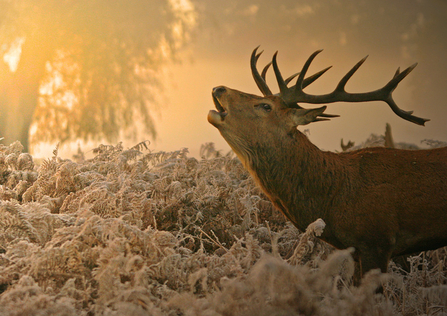
© Jon Hawkins - Surrey Hills Photography
Red deer a-rutting
In some of the most dramatic moments in the wildlife calendar, autumn sees dominant male stags rounding up their harems of females and fighting off competitors. And they’re not quiet about it. You can see and hear these great head-tossing, antler-clashing battles for supremacy play out across many Wildlife Trust nature reserves, including at Blacka Moor, just a twenty-minute drive out of Sheffield.
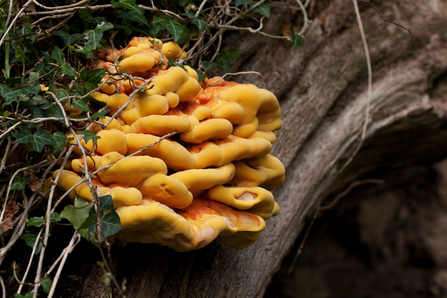
Chicken of the woods © Vaughn Matthews
The strange and secretive world of fungi
Chicken of the woods, King Alfred’s cakes, pink ballerinas, scarlet elf cups, blewits and boletes; just a few of the 15,000 species of fungi in the UK. These curious beings are neither plant nor animal and their diversity is stupendous. Learn more about fungi at Yorkshire Wildlife Trust’s fun and informative Fungi Fest from 11th – 12th October. Plus, you can see glorious fungi at many nature reserves around the UK during the autumn.
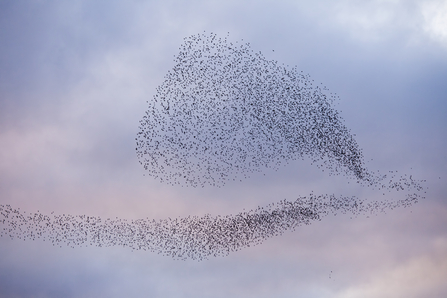
© Guy Edwardes/2020VISION
Best places to see starling murmurations
When thousands of starlings converge at dusk above their roost sites, the flocks wheel through the sky in a dance of staggering choreography, creating pulsating shapes which take on a life of their own. During the winter months, large numbers of starlings visit Britain, seeking out the relative warmth of our island climate and these natural ballets, known as murmurations, can be seen at many places around the UK from Devon to Yorkshire.
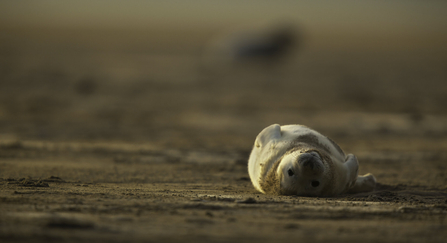
Grey Seal (c) Neil Aldridge
Swirling flocks of waders and seals on the mudflats
Lincolnshire Wildlife Trust is hosting a High Tide Breakfast on Thursday October 9th – it’s a moment not to miss. At 8.03am, one of the highest tides of the year rushes into Gibraltar Point Nature Reserve on The Wash. Thousands of waders which roost on the mudflats will take flight, forming vast swirling flocks. The tide escapes from the creeks which cut across the saltmarsh, bringing birds and seals, too, close to the visitor centre.
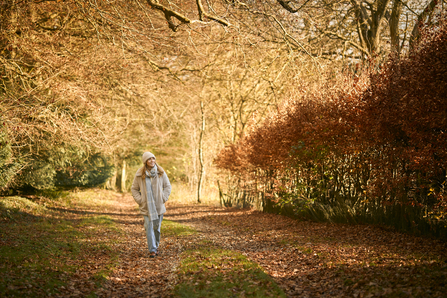
Credit: Monkeybusinessimages
Nature for our mental health
For World Mental Health Day (Friday 10th October), The Wildlife Trusts will be asking people who’ve been prescribed nature to send postcards to their MPs explaining why it is essential for their health. We want more people to have better access to nature – and for this to be a public right. Herts & Middlesex Wildlife Trust is helping Harefield Hospital improve access to nature for doctors and patients, by improving the hospital’s grounds.
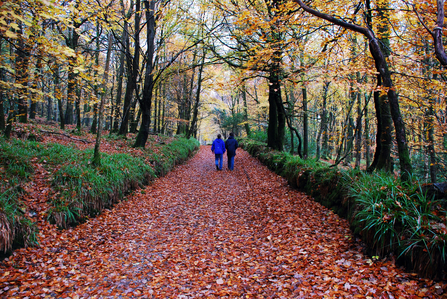
Zsuzsanna Bird
A Nature Café for carers
Life as a carer can be lonely – and Gloucester Wildlife Trust is harnessing the power of nature to help tackle this. At its Robinswood Hill Nature Café (next one is 14th October at 10.30am), carers can relax, chat and make great friends on gentle walks and seasonal outings or while making bird feeders and planters. This idea was born from a period of intense isolation during the pandemic.
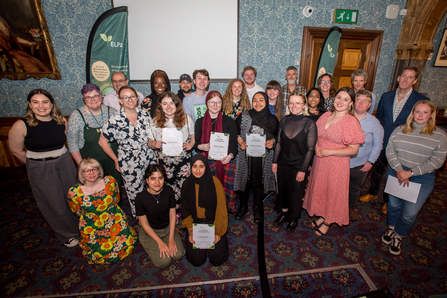
Participants on the Environmental Leadership Programme © Gavin Dickson Photography
Future leaders – a new programme
Shropshire Wildlife Trust is launching the Environmental Leadership Programme in October. This is a free, 9-month-long programme for 18–25-year-olds based in the West Midlands. There’ll be no exams or coursework, just a chance to learn transferable skills such as project management and team working, whilst helping to tackle environmental issues with a group of like-minded people. Watch this space – the future is green.
Bird's-foot-trefoil ©Philip Precey
Wildlife gardening and the LGBTQ+ community
Life is being breathed back into a beautiful Italian walled garden near Ipplepen in Devon. It was was commissioned in the early 1900s, a time when homosexuality was illegal, by a gay man called Arthur Smith Graham. He wanted a sanctuary for his friends, where they could be themselves. To honour its heritage, Devon Wildlife Trust is running wildlife gardening workshops exclusively for the LGBT+ community, the next is October 8th at 3pm.
Creative communities make things happen
When people work together, great things happen for nature. A Westcountry village has won Somerset Wildlife Trust’s first-ever Wilder Community Award. On Tuesday 28th October, a Northumberland community will gather for an arts and crafts extravaganza to help raise funds for the biggest appeal The Wildlife Trusts have ever run: £30m needs to be raised to purchase the historic Rothbury Estate.
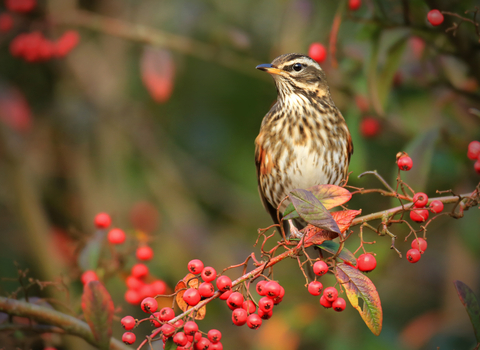
Redwing © Jon Hawkins - Surrey Hills Photography
Where to see autumn wildlife
Explore some of the best areas across the UK, Isle of Man and Alderney to experience the joy of autumn wildlife.

